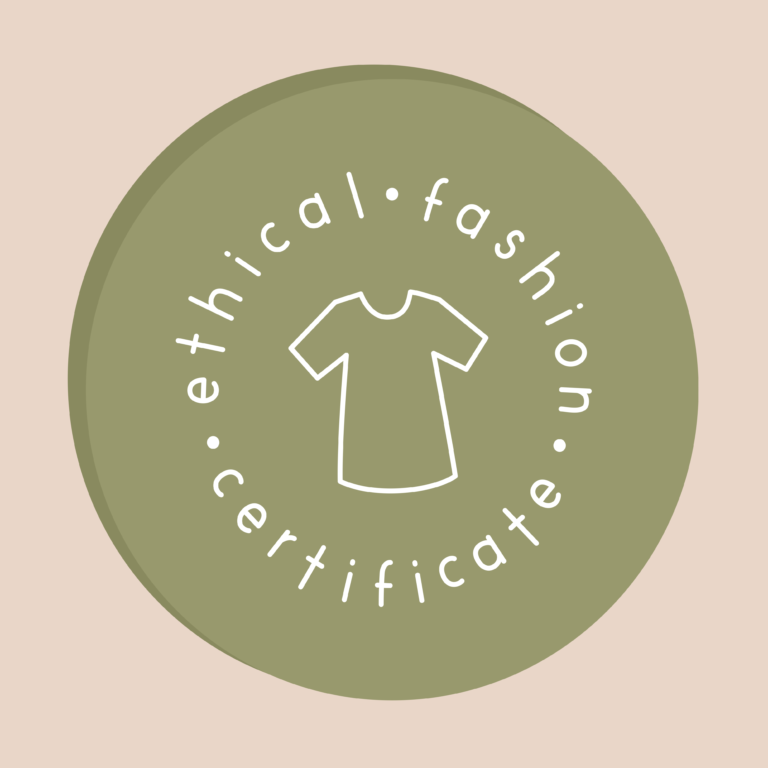The acceleration of climate change is constantly being reported on, particularly where our impact on the planet is concerned. And while numerous reports have made it clear that our use of plastics is a major contributor, it seems that consumerism overall is largely to blame for the threat to the environment. Making changes to our shopping habits is a huge step forward that we can take to reduce the harm that consumerism is causing, and protect the planet for future generations.
The difference between sustainable and ethical shopping
Ethical shopping refers to how brands manufacture the products you’re buying, such as whether workers are paid a fair wage, the number of hours they’re required to work and the conditions in which they work every day.
But sustainable shopping refers to the environmental impact of those products, such as the materials used to make them, the energy required for manufacturing purposes and the carbon footprint of the products both in transportation and once they’re disposed of.
It’s important to be mindful of both of these aspects when shopping so you can make purchasing decisions based on your ethics and environmental factors.
Making the effort to switch up your shopping habits, reuse and recycle where possible, and rethink where you buy items from can make a massive difference to the planet. Here are a few ways you can make mindful decisions when you make a purchase.
Buy used instead
The secondhand shopping market has increased significantly in recent years, as more consumers have realized the negative impact of buying new goods on the environment. From homeware and clothes to technology and vehicles, individuals are now smartening up to the fact that they don’t need to pay over the odds for a brand new item when they could buy near-new used items instead. In fact, in a recent survey commissioned by MPB, studies found that two-thirds of those questioned agreed there was no need to buy brand new, with the under-35 age group being the most receptive to purchasing used items.
Buying used reduces your carbon footprint but it also saves you money, while also keeping those items from going to landfill. Make sure you’re checking all of the pictures and details on a listing before parting with your cash, and that the item is actually something you need rather than something you’ll wind up throwing away later on.

Invest in items which will last
Constantly buying fast fashion items, whether it’s garments or the equivalent in other areas such as cooking equipment or furniture, may seem like a great way to save money but it’s a false economy since you’ll spend more over time replacing those items and contributing to waste unnecessarily. A good tip is to ask yourself if you’re likely to get at least 30 uses out of an item. If not, do you need to buy it and is there a way you can maybe rent the item or borrow from a friend? There are an increasing number of rental services opening up which enable you to rent out clothes, power tools or sports equipment for a short period of time and then return it when you’re done.
Shop from sustainable brands

Fast fashion is a major threat to the environment, with over three million tons incinerated and 10 million tons sent to landfills in the U.S. alone. So it pays to shop with sustainable brands who are doing their part to keep the waste down and reduce carbon emissions in such a toxic industry. There are several questions you can ask when choosing the business you buy from, from what their manufacturing process looks like to how well treated their workers are and whether they provide guidance on how to dispose of the items safely and in an eco-friendly way once they’ve reached the end of their life.
Critique labels and certifications
It’s unreasonable to expect customers to research every single purchase they make, but the more educated you are, the better your purchasing decisions will be. Greenwashing is a serious problem in the sustainability world, and this means that brands are well aware that customers want to make better decisions when they shop, so they make false claims on packaging to encourage them to buy their products, even when those claims aren’t legitimate.
Being able to successfully critique labels and know what’s genuine and what’s just clever marketing will make all the difference to shopping in a greener way. Some of the most well-known certifications to look out for are the Leaping Bunny certified symbol, EPA Safer Choice logo and the B Corp symbol. With regulations non-existent when it comes to sustainability, knowing which logos and certifications to watch out for will really help you to buy in an eco-friendly way.

Changing your shopping habits can be hard when you’re used to buying things in a certain way or from particular brands. But the benefits are numerous, from saving you money and reducing your carbon footprint to supporting sustainable brands and minimizing the amount of waste ending up in landfills around the world.




Leave a Reply